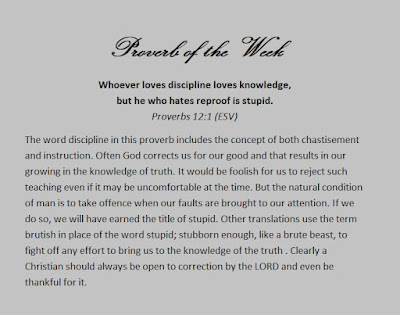Saturday, July 12, 2025
Saturday, June 21, 2025
Saturday, June 14, 2025
Saturday, June 7, 2025
Saturday, May 31, 2025
Saturday, May 24, 2025
Tuesday, May 20, 2025
Good News or Bad News?
This past Monday morning I had to answer one of those phone calls that I knew would be either good news or bad. At some point over the winter, Bill Hofmeister brought the ’69 XLCH motor that he runs in his flat track bike to me because it had some metallic looking particles in the oil. Given that it had been quite a few years since the bottom end had been apart, it seemed like a prudent measure to tear it down. Of course, having most of the winter to work on it did nothing to avoid making it a last-minute rush. Once I had a deadline (Bill’s first race of the year) I finally managed to get to it.
As it turned out, the only thing I found was a flywheel washer that had come loose and was spinning in its recess. I found nothing else in the engine that would account for the particles, so with the best no-budget repair I could make on the flywheel half, I reassembled and trued the flywheels. De-glazing the cylinders, lapping the valves, and a new top ring (I leave out the middle ring to reduce horsepower robbing drag) took care of the balance of the “freshening up.” Bill was able to pick the engine up with a full week left before the May 17&18 Flying Dutchmen Flat Track Race.
I am happy to say that the phone call was actually good news. Bill won his Heat Race by the length of the straightaway, and turned around and won the Main by the same margin. Not too shabby for a 75 year old living-legend rider with a 56 year old motor!







